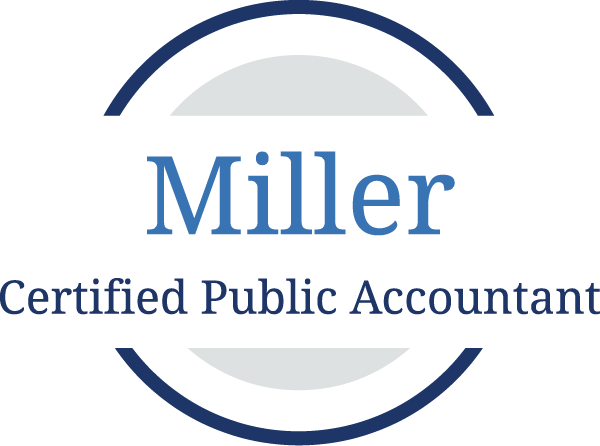Key points:
- Perhaps one of the most controversial pieces of the Inflation Reduction Act (IRA) is the expansion of the Internal Revenue Service (IRS).
- There is a compelling case for strengthening the enforcement of existing taxes, rather than creating new ones, as a way to raise revenue.
- The IRA increases the IRS budget by roughly $80 billion over 10 years.
- The package has some win-win propositions, such as investment in informational technology, that should reduce the tax gap and reduce compliance costs for taxpayers at the same time.
- A simpler tax code is both easier for taxpayers to follow and for the IRS to enforce.
Despite being larger than the IRA, the proposed Build Back Better legislation from 2021 calls for the restoration of the corporate alternative minimum tax (AMT). The 30-year history of a corporate AMT demonstrates that it is not a viable option: if tax advantages are bad policy, they should immediately be abolished; if they are good policy, all eligible taxpayers should be able to fully benefit from them.
The corporate alternative minimum tax was first implemented by the Tax Reform Act of 1986 (TRA86) in response to concerns that are still raised today: media attention surrounding a phenomenon in which very large firms with enormous accounting earnings were paying little to no tax.
Thus, the AMT was created to stop certain businesses from utilizing enough tax incentives to have no tax responsibility at all while still declaring a profit. After various modifications and adjustments to the corporate AMT, it was finally removed in 2017.
The AMT mandated that corporations compute their income tax burden twice, once using the tax code and once using an alternate computation for tentative AMT, and pay the amount that was the highest. The AMT led to decreased tax revenues over time, a rise in tax burdens and complexity, and economic inefficiencies.
Who does it affect?
The minimum tax would apply to businesses having three-year average annual earnings of $1 billion or more in any of the prior three years. In the case of United States companies with foreign parentage, it would only apply to revenue earned in the US of at least $100 million, calculated over three years (and apply when the international financial reporting group generates an income of at least $1 billion). It would apply to newly formed firms based on their earnings during their first three years of operation.
Who does it not impact?
Subchapter S corporations, which are companies with a small number of stockholders and elect to file their taxes under the individual income tax, would be exempt from the clause. However, this excludes real estate investment trusts and regulated investment corporations (RICs, including mutual funds, and REITs).
These organizations also give money to private investors for their taxes. Income from these businesses would be covered, except for portfolio companies held by private equity firms.
Scope and revenue effects
The proposed legislation’s main source of revenue is the corporate minimum tax. According to news sources, revisions made in permitting tax recovery for the depreciation and wireless spectrum provisions have decreased the income gain from the initial projection of $313 billion over ten years to $258 billion. It does not appear to reflect the exemptions for private equity firm portfolio companies, which according to news reports would lower the yield by $35 billion. These reports are in line with the $222 billion gain forecast by the Joint Committee on Taxation. Only a small number of corporations would be subject to the tax.
The Joint Committee on Taxation anticipated that around 150 taxpayers would be liable to the minimum tax annually in its examination of the plan before the most recent modifications. These findings suggest that the minimum tax may apply to around 30% of the Fortune 500. In that version, manufacturing would be responsible for collecting nearly half of the tax, which includes about 16% from chemical manufacturing and about 11% from holding businesses and information.
The $222 billion revenue forecast is an increase in corporation tax revenues of 4.7% compared to the Congressional Budget Office’s forecast of $4,755 billion in business revenues for FY2023–FY2032.
Particular problems that the proposal addresses
A minimum tax’s goal is to force businesses to pay some tax when they are profitable. The idea addresses several concerns with a minimal tax based on financial statement income.
Net operating losses
The way losses are handled when comparing financial and taxable income is one of the most significant distinctions. The tax system caps income at zero, and businesses that incur losses carry those losses forward to reduce future taxable revenue. Up to 80% of taxable income may be offset.
For financial income, businesses disclose their most recent losses and earnings. By carrying financial losses forward to offset future financial revenue in a way akin to the income tax system, the minimum tax proposal accounts for this treatment. Additionally, according to the financial income basis, the loss offset is limited to 80% of taxable income under the proposal.
